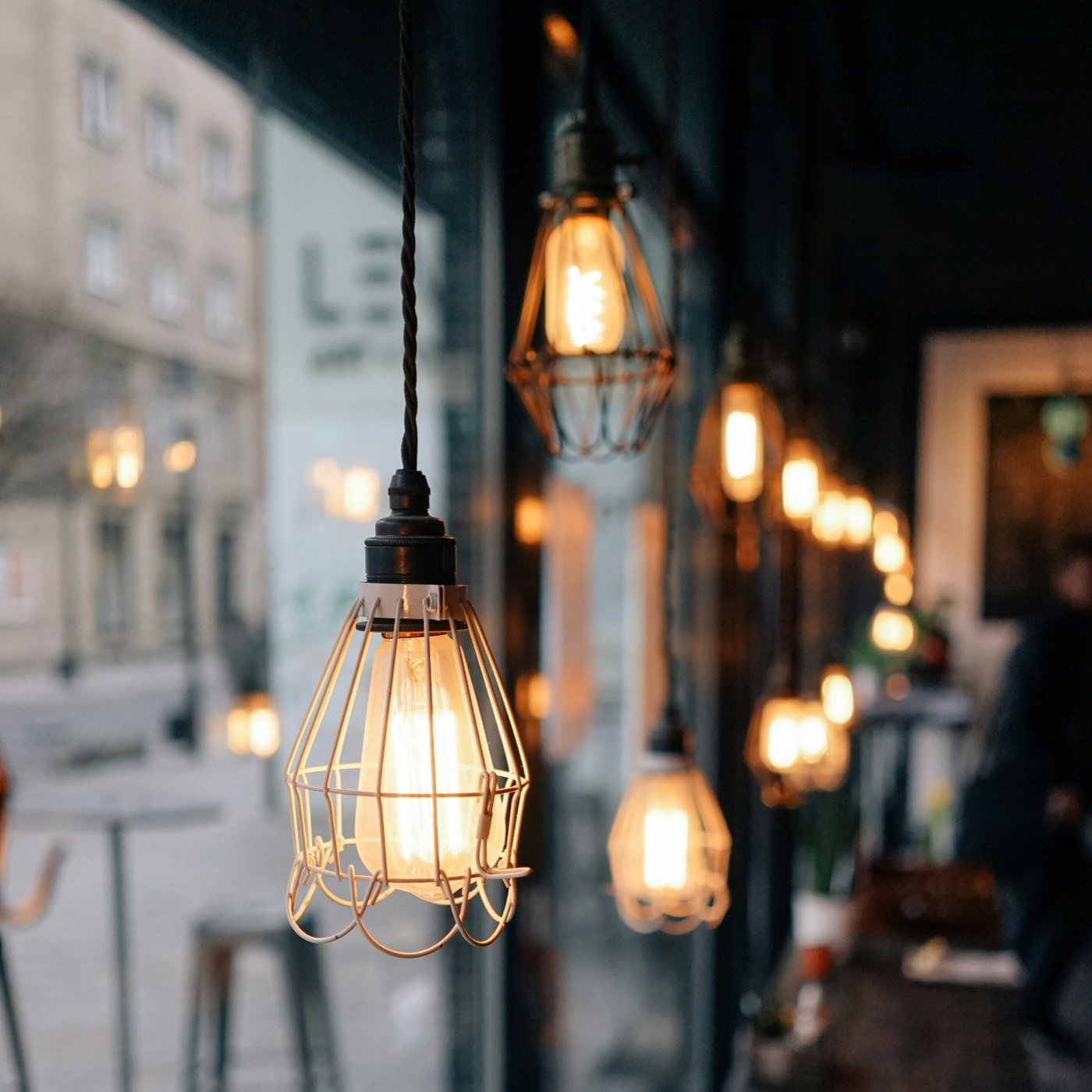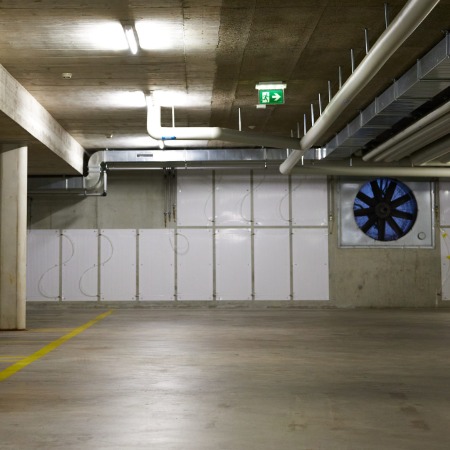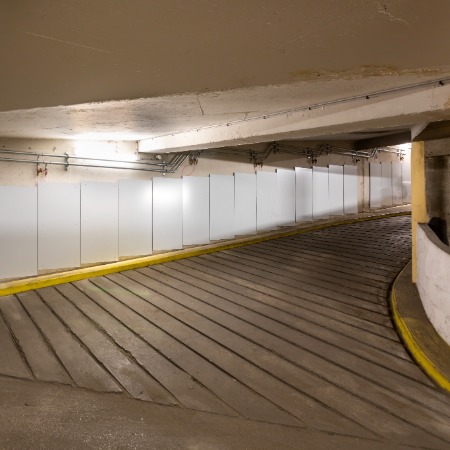01. Definition
What is the energy crisis?
In recent years, many scientists have raised their voice to warn about climate change, caused notably by the burning of oil and coal in order to produce energy.
Solutions to the energy crisis
Over the last two centuries, energy needs have skyrocketed dramatically, especially because of the transportation and industry sectors. However, fossil fuel are polluting and their reserves are limited. We know today that these resources are close to exhaustion and our societies are facing a major challenge: the energy crisis.

01. Definition

02. Causes

03. Impacts

04. Solutions
05. Implementations
Geothermal panel by Enerdrape implemented by Realstone in Lausanne (Switzerland) in 2021
Geothermal panel by Enerdrape implemented by Coop in Renens (Switzerland) in 2023
Geothermal panel by Enerdrape implemented by Next Immobilier SA in Aigle (Switzerland) in 2024
Geothermal panel by Enerdrape implemented by ENGIE in Paris (France) in 2025
Solar Cloth thin film photovoltaic panel by Solar Cloth implemented by French Institute for Agronomic Research in Antibes (France) in 2021
Solar Cloth thin film photovoltaic panel by Solar Cloth implemented by EDF in Paris (France) in 2024
EnerTwin by Micro Turbine Technology (MTT) implemented by City of Dresden (Germany) in Dresden (Germany) in 2019
MPower Ventures by MPower Ventures implemented by Kamanjab Municipality in Kamanjab (Namibia) in 2024
Tysilio Solar Container by Tysilio implemented by Primeale United in Kirene (Senegal) in 2024
Hydraloop by Hydraloop Systems BV implemented by Upgrade Real Estate in Ghent (Belgium) in 2022
Hydraloop by Hydraloop Systems BV implemented by Wind Groep in Lemmer (Netherlands) in 2023
METRON Energy optimisation by METRON implemented by ArcelorMittal in Le Creusot (France) in 2021
METRON Energy management by METRON implemented by SIBELGA in Brussels (Belgium) in 2009
Urban Smart Ecopark by Obwstreetstyle implemented by City of Angers in Angers (France) in 2019
The Patented Plagazi Process by Plagazi AB (publ) implemented by Municipality of Köping in Köping (Sweden) in 2024
The Patented Plagazi Process by Plagazi AB (publ) implemented by Gotlandsbolaget in Båstad (Sweden) in 2022

06. Conclusion















